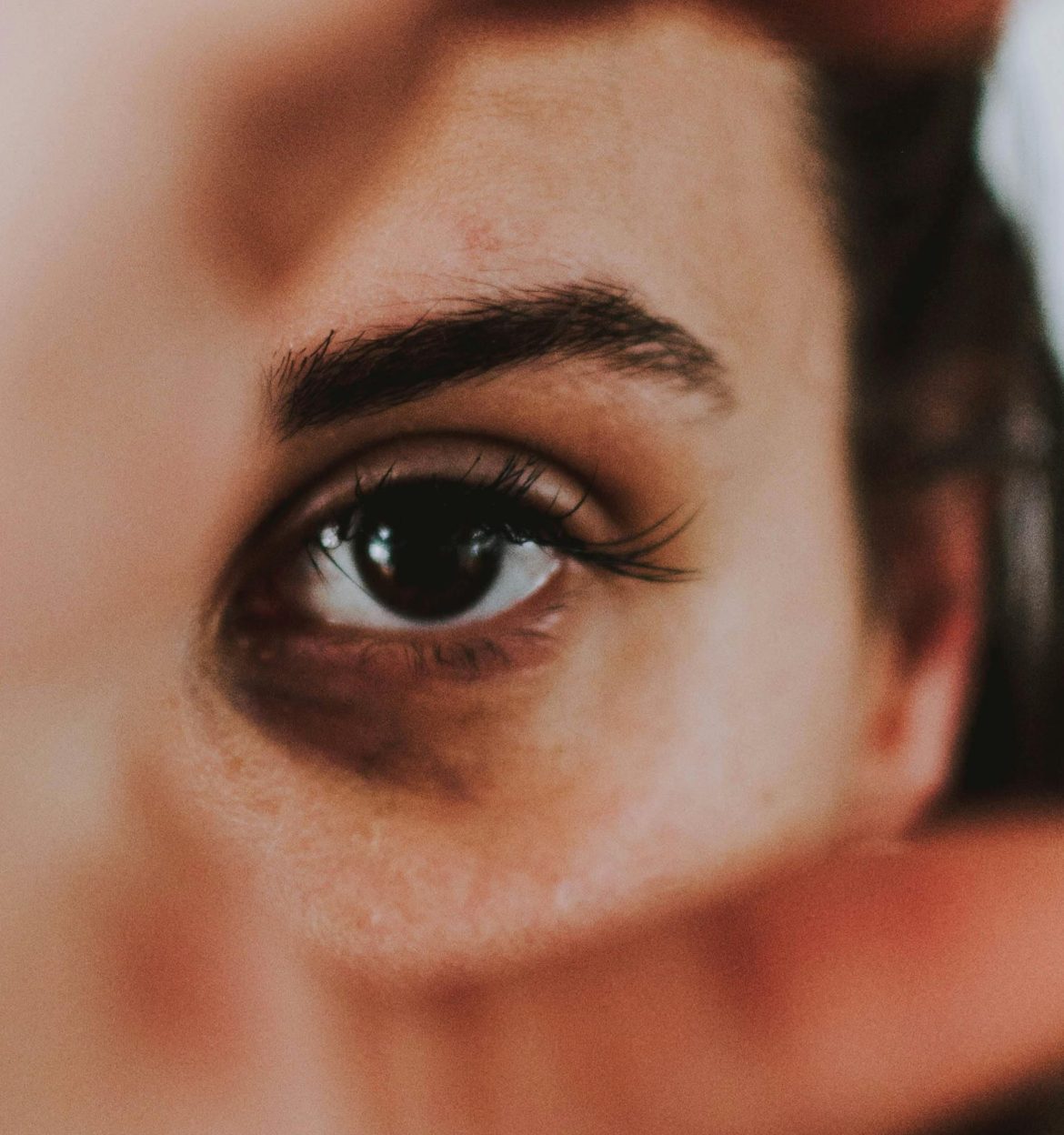![]()
Is 20/40 vision bad? That’s a tricky question, and there’s no quick answer.
Based on a standard where having 20/20 vision is considered normal, 20/40 vision isn’t ideal. But does that make it bad?
There are so many layers to get through, but let’s start peeling them back one by one. Spoiler alert: The answer might not be what you expect.
What Is 20/40 Vision?
Visual acuity is the measure of how clearly you see. An optometrist assesses this through a refraction test. They may use a phoropter, an eye-testing device with lenses, to measure your refractive error. During this process, you will likely be asked to read letters and numbers from a Snellen chart.
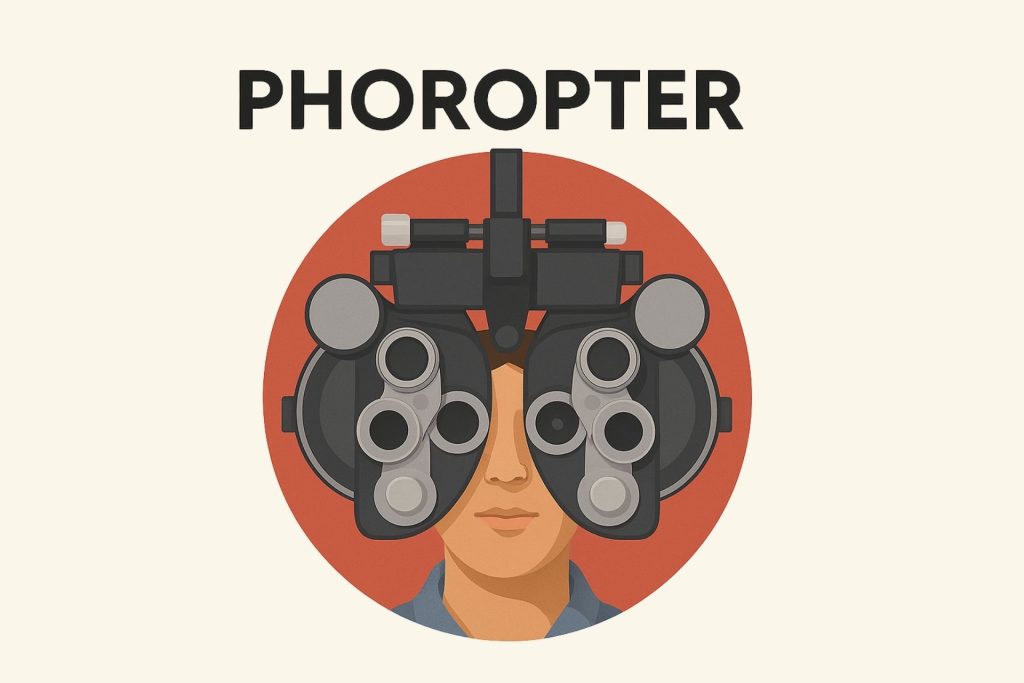

How well you see this chart determines if you have normal visual acuity, 20/20, or if you have abnormal acuity. For example:
- 20/20 vision means that you can see from 20 feet away what a person with normal vision can see from 20 feet away.
- 20/40 vision means that you can see from 20 feet away what a person with normal vision can see from 40 feet away.
In other words, with 20/40 vision, your eyes aren’t as sharp as those with normal vision.
The Spectrum of Visual Acuity
The spectrum of visual acuity is all about the eyes’ varying degrees of sharpness. 20/20 is generally considered “normal vision,” or as many call it, “perfect vision.” But it’s certainly not the only functional vision score. It’s not a binary thing where it’s either perfect or not.
Many individuals with 20/40 vision can get along just fine. The impact of having 20/40 vision will vary according to your day-to-day activities and any eye conditions you have. So, whether it’s bad for you to have 20/40 vision depends on the kind of life that you lead.
Daily Life Implications of 20/40 Vision
Unless your everyday life requires 20/20 vision, you should be able to get by with 20/40 vision. Sure, you might need to sit closer to the screen to catch all the Easter eggs in the new Marvel movie. You might also need to bring a document or instruction manual closer to your face to read the fine print.
Potential Challenges With 20/40 Vision
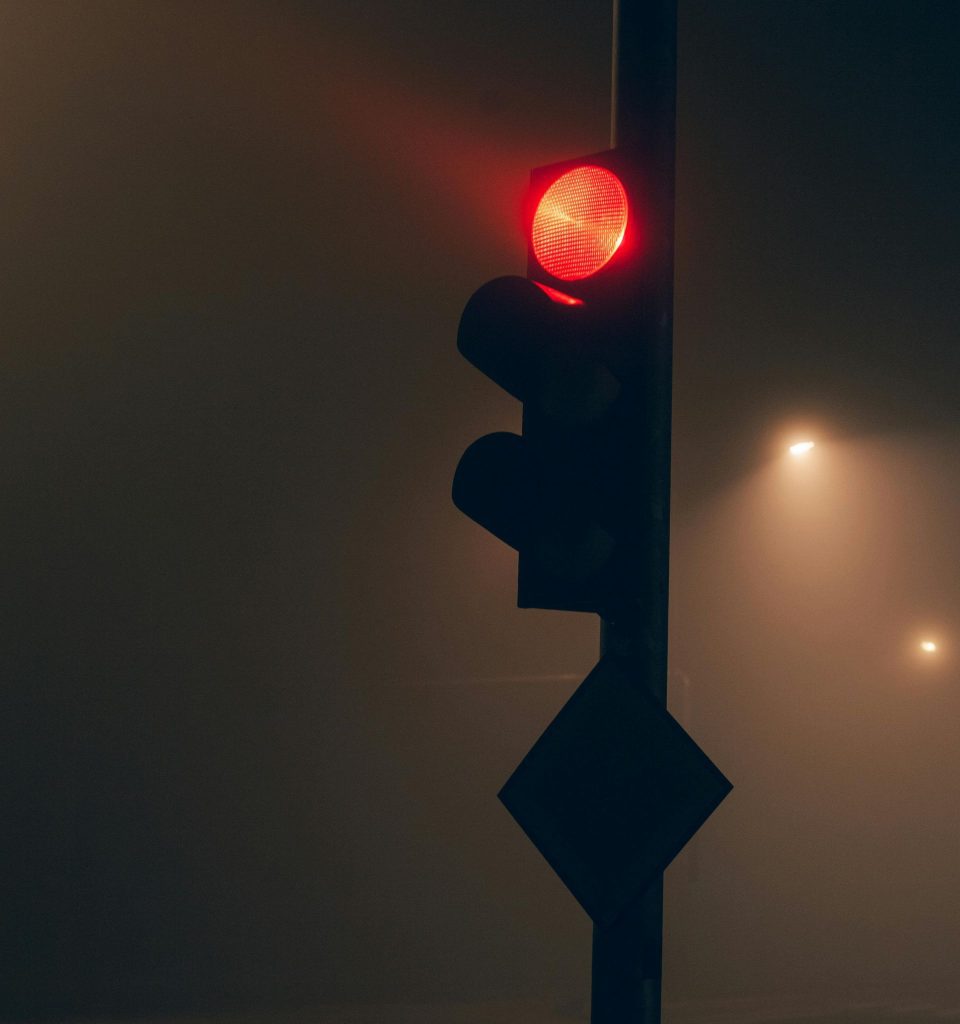
There is an increased risk when you have less-than-perfect vision. 20/20 is always better; that’s a given. But you can stay functional. This is where you’ll often notice the biggest impacts:
- Driving at Night: Low vision sharpness can become more apparent in low-light conditions, so you might need glasses to drive safely.
- Playing Sports or Indulging in Hobbies: Visual acuity is crucial in sports such as baseball and basketball. Imagine trying to hit a knuckleball or a fastball with 20/40 vision or spotting a ghost shrimp while scuba diving without corrective eyewear.
- Working Under Stringent Conditions: Detail work, such as carpentry and metalwork, becomes difficult with 20/40 vision, too. To work safely and accurately, you’ll need corrective eyewear.
When to See an Eye Doctor
It’s good practice to get regular eye exams. Even if you don’t feel any negatives from your 20/40 vision, you need to get checked out for it as well as any other eye conditions. This is especially important as you become older.
If your 20/40 vision is getting in the way of a safe and full-functioning life, book an appointment with your eye doctor and ask them about your condition.
Likewise, if you begin to experience changes in your vision, blurry vision, eye pain, floaters, or similar symptoms, consult with your doctor right away.
Causes of 20/40 Vision
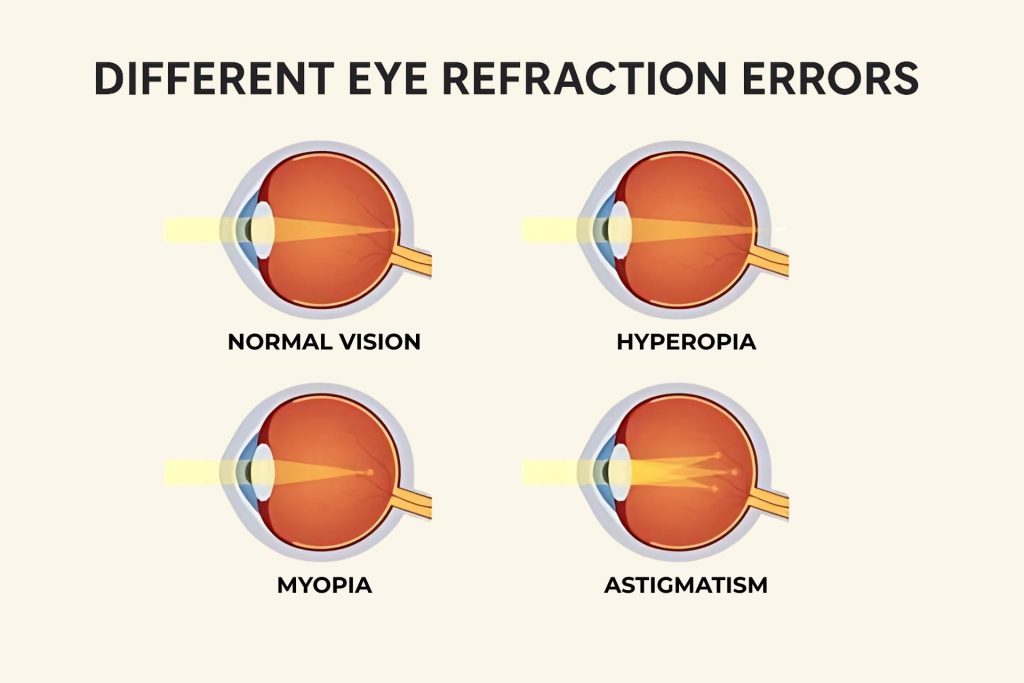
There are many possible causes of 20/40 vision, and refractive errors are the most common. Imperfections in the shape of your eyes can cause problems with your visual acuity. These conditions are the results of refractive errors:
- Myopia or nearsightedness: Objects at a distance look blurry.
- Hyperopia or farsightedness: Objects near you look blurry.
- Astigmatism: Objects at varying distances look distorted or blurry.
Any of the following lifestyle factors can be at the root of your vision issues:
- Age: As you age, the sharpness of your vision declines. Presbyopia, which makes focusing on nearby objects difficult, often occurs around or after age 40.
- Genetics: Sometimes, you can inherit low vision acuity.
- Excessive Screen Time: Digital eye strain can have a lasting impact on vision.
- Poor Lighting: Consistent exposure to inoptimal lighting conditions can strain or temporarily blur vision.
Health issues are also a leading cause of 20/40 vision (and worse):
- Medical Conditions: Specific conditions like multiple sclerosis can impact visual sharpness.
- Eye Diseases: Cataracts, glaucoma, diabetic retinopathy, and macular degeneration can cause reduced visual acuity.
– Cataracts cloud the lenses of your eyes.
– Glaucoma affects the optic nerve and can lead to the loss of peripheral vision.
– Macular degeneration (damage to the macula, the retina’s center).
– Diabetic retinopathy also damages the retina, this time caused by diabetes complications.
This is not an exhaustive list of causes and conditions by any means.
20/40 Vision Treatment and Management
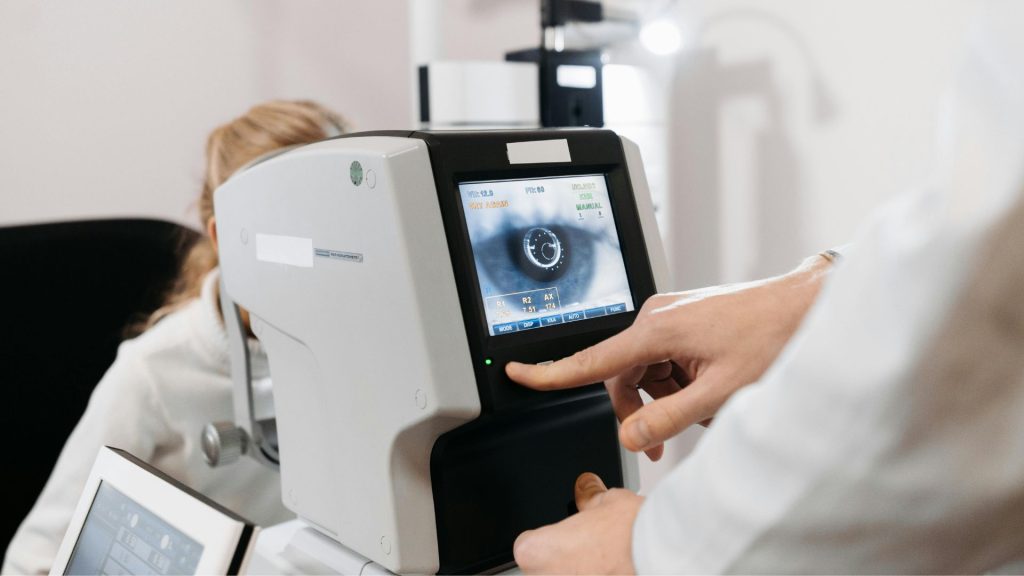
Check with your eye doctor about your 20/40 vision. Depending on the underlying cause, they might prescribe treatment and correction.
If refractive errors cause 20/40 vision, corrective lenses are usually prescribed. Glasses and contact lenses are highly effective. With their simple use, people with imperfect vision acuity can enjoy near 20/20 vision.
However, if the cause is something else, such as medical conditions, genetics, and the like, you might need alternative intervention. Listen to your doctor’s advice and follow their prescribed treatment.
So, Is 20/40 Vision Bad?
No, 20/40 vision is not inherently bad. You can have a normal, functional life with 20/40 vision. But don’t get me wrong; you will likely see and feel a difference if you get yourself some corrective eyewear!
The degree of impact can vary, so your decision on whether or not to seek treatment will likely depend on how much your life is affected right now.
In the meantime, always consult with your eye doctor regularly, get complete eye exams when you should, and above all, take care of your eyes.

